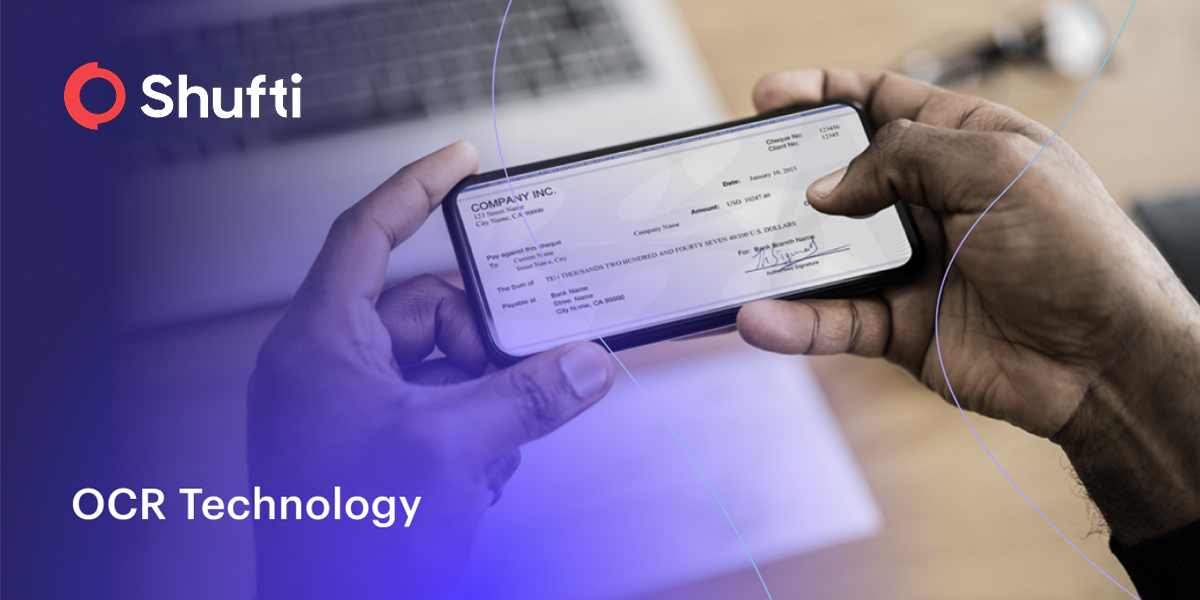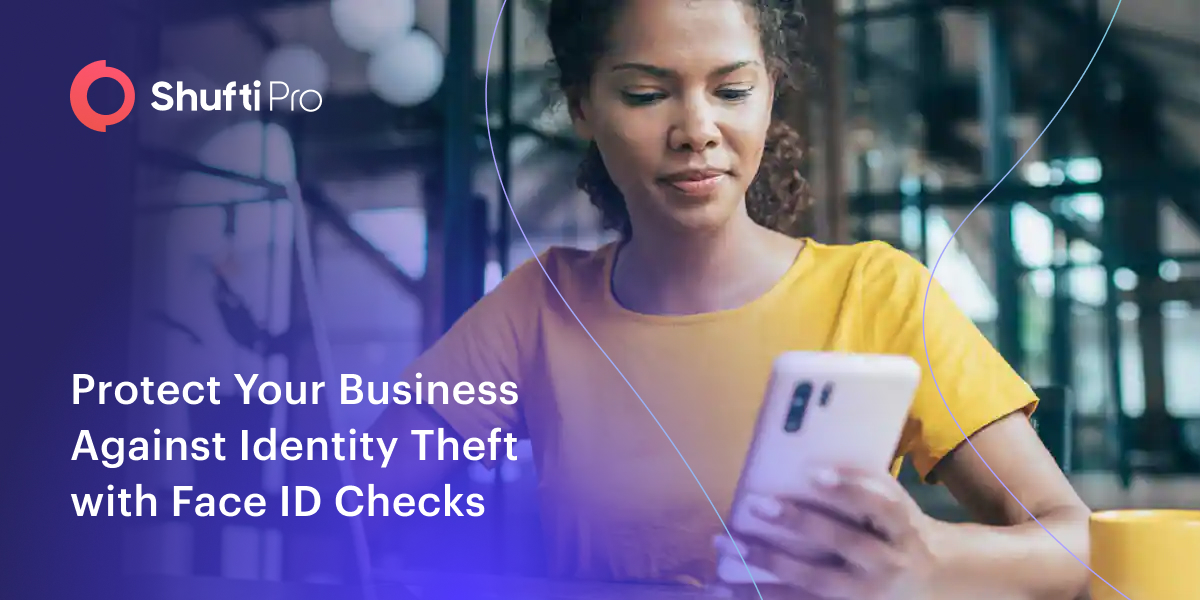Top OCR Use Cases in 2025: Compliance, Automation & Customer Experience

Optical Character Recognition (OCR) has shifted from a back‑office convenience to a board‑level compliance imperative. The global OCR market is valued at USD 13.95 billion in 2024 and is forecast to surpass USD 46 billion by 2033 (IMARC 2024). In the last 12 months alone, Shufti processed 180 million documents with 99 % average extraction accuracy and 1.8 s latency, reflecting the AI‑driven leap in performance.
Why 2025 Is a Pivotal Year for OCR
2025 marks the tipping point where OCR shifts from experimental to existential. A perfect storm of AI maturity, escalating regulatory scrutiny, and nationwide digital‑ID rollouts means organisations must embed OCR accuracy and auditability at the core of their governance stacks—well before the year is out.
- Regulatory heat: The EU AI Act (Reg. 2024/1689) enters enforcement in Q4 2025, mandating transparency logs and human oversight for document‑processing AI.
- New standards: ISO/IEC 23053:2024 defines lifecycle‑management for AI/OCR systems, while ISO 18768‑1:2024 recognises AI‑extracted text for long‑term archiving where accuracy ≥ 95 %.
- Digital ID momentum: The U.S. Federal Digital Identity Framework (Apr 2025) and eIDAS 2.0 pilots both rely on real‑time OCR for credential parsing.
Enterprise stakeholders are therefore reassessing their document‑capture stacks to stay audit‑ready.
The Top 9 OCR Use Cases for 2025
Once confined to back‑office scanning, OCR now fuels revenue, risk mitigation, and customer experience in equal measure. The nine scenarios below reflect where Shufti’s 1,200‑client cohort is investing capex today for outsized returns tomorrow.
1 KYC, AML & Age Verification
Shufti insight: 65 million identity documents were auto‑extracted in 2024 (41 % YoY growth). Real‑time OCR with liveness cut average customer onboarding from 120 s → 40 s.
2 E‑Signature & Remote Onboarding
EU eIDAS 2.0 wallet pilots depend on OCR to pull structured data from digital IDs and qualified electronic signatures.
3 Invoice & Receipt Processing
The AI Act classifies automated invoice extraction as “limited‑risk”, requiring accuracy testing and logs Shufti’s audit dashboard meets these needs and helped a fintech client reduce AP processing costs by 52 %.
4 Healthcare & E‑Prescription Fulfilment
The U.S. CMS rule (Jan 2025) mandates structured claim data; OCR bridges legacy faxed forms, cutting manual data entry by 70 %.
5 Legal & Compliance Archiving
Under ISO 18768‑1, OCR output is admissible for long‑term preservation when accuracy exceeds 95 %—Shufti averages 99 %.
6 Insurance Claims & Vehicle Damage Reports
OCR paired with computer vision extracts VINs and damage codes, speeding claim approvals by up to 35 %.
7 Retail & Loyalty Programme Enrolment
Receipt‑OCR drives rewards programmes; an APAC pilot saw 18 % higher retention after deploying Shufti’s SDK.
8 Public‑Sector Digital Identity
India’s DigiLocker 2.0 (2024) uses multilingual OCR to parse IDs in 12 regional scripts, illustrating global demand.
9 Accessibility & Real‑Time Translation
The 2024 update to the EU Web Accessibility Directive requires alt‑text for scanned PDFs OCR automates compliance and opens content to screen readers.
2025 Regulatory Checklist
Use this matrix as a tactical map: each line item flags a statute or standard landing between now and Q4 2025, along with the immediate implications for OCR procurement, validation, and audit preparation.
| Regulation / Standard | In‑force Date | OCR Impact |
| EU AI Act (2024/1689) | 14 Oct 2025 | Accuracy logs, human oversight, risk classification |
| ISO/IEC 23053:2024 | Nov 2024 | End‑to‑end lifecycle governance for AI/OCR |
| U.S. NIST SP 800‑63‑4 (draft) | Jan 2025 | Traceability for identity‑proofing OCR output |
| eIDAS 2.0 | Pilot 2025 | Wallet credential scanning & validation |
Shufti OCR: 2025 Performance Snapshot
The metrics below derive from our independently audited analytics dashboard and illustrate how Shufti is already operating at—or above—the compliance and performance thresholds set by the regulations listed earlier.
- 180 m+ documents processed (Apr 2024 – Mar 2025)
- 99 % average extraction accuracy (98 % on non‑Latin scripts such as Burmese, Arabic, Chinese)
- Multilingual support: 150+ languages
- Average extraction latency: 1.8 seconds
- Compliance: ISO/IEC 27001, SOC 2 Type II, iBeta PAD Lv 2
- Governance: ISO/IEC 23053‑aligned model dashboard
Frequently Asked Questions (FAQs)
Q1. What level of accuracy can I expect from enterprise‑grade OCR in 2025?
A: State‑of‑the‑art engines like Shufti average 99 % extraction accuracy across 150+ languages, meeting ISO 18768‑1’s threshold for archival‑grade text.
Q2. How does OCR meet the EU AI Act’s transparency and oversight requirements?
A: Shufti logs every prediction, confidence score, and human‑in‑the‑loop intervention, providing auditable records aligned to the Act’s Article 13 obligations.
Q3. Is Shufti OCR GDPR‑compliant and secure?
A: Yes. Data is encrypted in transit and at rest, processed within ISO/IEC 27001‑ and SOC 2‑certified facilities, with optional EU‑only data residency.
Q4. Does OCR handle non‑Latin scripts and handwriting?
A: Shufti supports 150+ languages, including Arabic, Cyrillic, Chinese, and Hindi, and can extract legible handwriting with 93 % average accuracy.
Q5. How can I validate OCR performance before purchase?
A: Request API sandbox access or a no‑code dashboard demo; upload representative documents and benchmark latency and accuracy in real time.
Conclusion
OCR is no longer a niche utility; in 2025 it sits at the centre of regulatory compliance and friction‑free user journeys. Enterprises that modernise now will cut costs, satisfy auditors, and deliver superior customer experiences. Shufti’s AI‑native OCR platform keeps you ahead of the curve book a 15‑minute demo today.











